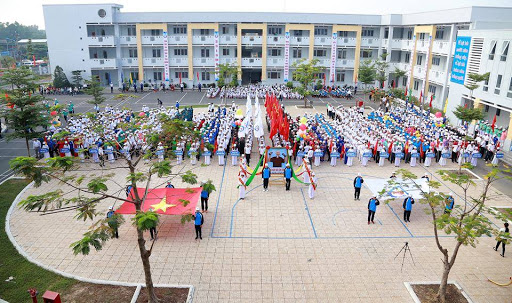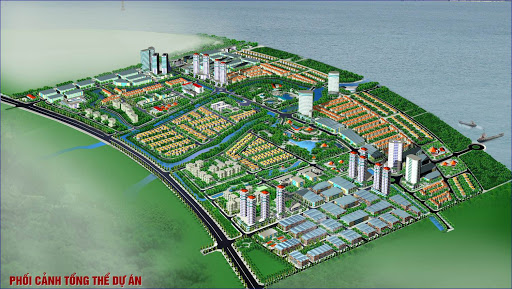1. Labor sources:
Phu Dong commune’s total number of households:
4,129.
The total number of people: 15,151.
The number of people at their working age: 10,520.
- The number of industrial workers: 8,670.
- The number of agricultural laborers: 1,060.
- The number of trade and services workers: 790.
2. Land:
Total natural land area: 3,546.88 ha.
- Agricultural land area: 1.917.58 ha.
- Area of special-use land: 1,021.55 ha.
- Residential land area: 608 ha.
The status of current land use: planting sugarcanes,
lotuses, rice, and vegetables.

Photo: The opening ceremony of the new school year
of Nhon Trach high school
3. Contact information:
The current status of Phu Dong commune’s
communications:
+ There are Internet access points in each hamlet.
+ There is a service point for post and
telecommunications.
The number of telephones: 90 phones/100 people.
4. Transport:
- Waterway transport: Phu Dong has 12 km of rivers
whose flow is adjacent to the Saigon river in Ho Chi Minh city, which is
convenient for waterway transport and for ships and boats to travel and exchange
goods. It also has a transit container port to transport goods into the
industrial zones of Nhon Trach district to create favorable conditions for the
economic development in key areas and for international integration.

Photo: The urban area borders on Dong Nai river, Phu
Dong commune, Nhon Trach district
- Phu Dong commune has approximately 10 km of roads,
25A Road, and Road No. 02 with favorable traffic conditions from the commune to
hamlets and roads are located near the center of Nhon Trach district. Therefore,
it is pretty convenient to travel, have transactions with other provinces and
cities in the country, and develop the economy.
- Thanks to the support of the State budget and
people’s contributions, the commune’s transport system has been asphalted and
rural roads have been improved and concreted to facilitate people’s traveling.
- Phu Dong commune’s inter-field canals with a
length of 3,500 m have created a water supply system for households in the dry
season and brought water to their fields.